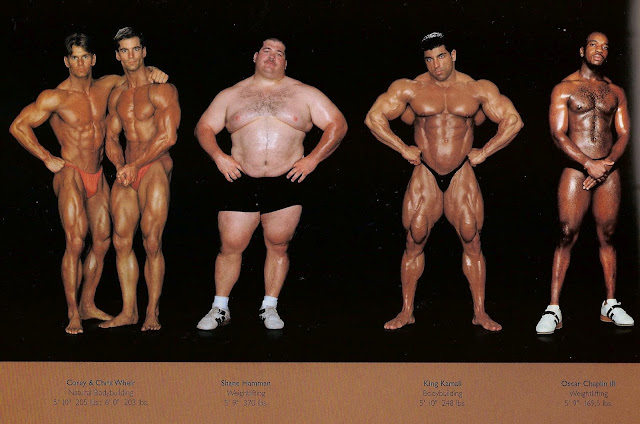Edward S. Curtis: The First Americans
The North American continent was already settled as far back as 12,000 years ago, and before the earliest European explorers arrived around the 15th century, there were already several hundred distinct cultures and languages that stretched from the Eastern United States to the Great Planes to Alaska.
By the end of the 19th century however, Native American Nations were under pressure by the US government and white settlers to either relocate or assimilate into the European-American culture. While some natives were able to adapt to the western culture, this meant that much of their traditional ways were being forcefully removed.
At around this time, Edward Curtis was just beginning his career in photography, having just opened a studio in Seattle. He was more of a society portrait photographer, but by 1900, he had joined a scientific expedition to Montana to photograph the Blackfeet Indians living there.
Curtis' began his documentation of the North American Indian people in earnest when famed industrialist J.P. Morgan granted $75,000 to the photographer in exchange for a series of 1,500 photographs on the subject. Curtis accepted the offer but went above and beyond the requirement by documenting tribal history, traditions, housing, foods, activities and customs of the people that he encountered.
In total, Curtis took more than 40,000 photographs from 80 different tribes, ultimately taking him over 30 years to complete. His photographic and written record of some of these tribes and notable individuals are the only recorded accounts of some of these indigenous groups, making his entire documentary career invaluable to American history.
Today, much of his photographs are praised for their authenticity and beauty, but there have been some controversy over the manner in which he made and edited some of his images. There have been cases where the same garment is found in different photographs of different tribesmen. He was also known to alter or retouch his negatives and positives by removing umbrellas, western accessories and anything that wasn't intrinsically Native American. There have also been cases where he paid individuals to reenact scenes in lavish attire.
Many others defend his work stating that these inaccuracies were not intentionally dishonest in nature, but were Curtis' way of providing a permanent visual record to future generations of what would otherwise be a lost tradition. Many agree that this was an unfortunate result of the kind of ethnographic romanticism that Curtis had for the American Indian people, resulting in the quality of photographs that portray these people in their seemingly unspoiled state.
Many different collections of Curtis' negatives and prints are scattered all over the US, but probably the best resource for modern day photography and history enthusiasts is Edward S. Curtis's The North American Indian by the Library of Congress and Northwestern University. Over 2,000 digital images are freely available in good resolution, along with accompanying descriptive texts. The site is definitely worth a visit if you have a few hours to spare.
The different collections of Curtis' work are also available in many publications. Among the best reviewed are Edward S. Curtis: Visions of the First Americans, Edward S. Curtis: The Great Warriors, and The Many Faces of Edward Sherriff Curtis: Portraits and Stories from Native North America.












Interesting post, thanks guy!
ReplyDeleteHave a nice day and keep up the good work.
They are beautiful and full of detail and life.
ReplyDeleteThat's fantastic quality for the time period.
ReplyDeleteBeautiful shots.And also sad, since a lot of that culture is now gone.
ReplyDeleteI may not have a few hours to spare right now.. But I DO have a bookmark button!
ReplyDeleteSeeing the conditions that Natives live in today, this post makes me a little sad.
ReplyDeletei wonder what life would be like if in a tribe back then
ReplyDeleteWow, those are some great pictures. It's quite sad that a lot of that rich American culture has gone lost.
ReplyDeleteReally like it, it is a bit depressing though.
ReplyDeleteAmazing photos and a beautiful post.
ReplyDeleteI like these photos, very fascinating.
ReplyDeletei like the photos, im not sure if I agree with using a western filter over them, seems kind of corny and cliche. but they are nice.
ReplyDeleteWow what a perfect display of our past. These faces tell a great story!
ReplyDeletetotally necessary/significant post! Amazing photos as well.
ReplyDeleteIncredible photos!
ReplyDeleteDoes he wear a mask in the 6th picture or what?
ReplyDeleteWow, love the pics. New follower here. Thanks for posting this! - Sioux Tribal member from South Dakota.
ReplyDeleteStunning photos of the original Americans. I'm part Native American, so it's a good to see their memory honored.
ReplyDeleteThe third guy from the top, with the horns, is really cool looking. Obviously some important warrior and boy does he look the part. The pictures were very good and the information very informative. I think there was a gentleman who researched the Maya and had trouble because he romanticized them, showing them to be less violent than they truly were due to his being in one of the world wars... It's interesting how much our opinions and experiences change our work. I don't think I would have been crazy about them holding modern American items, such as umbrellas... It would have taken away from their beauty.
ReplyDeleteJust finished the biography of Edward Curtis by Timothy Eagen. A great read about a man that gave his all to preserve the history and culture of the American Indian.
ReplyDelete